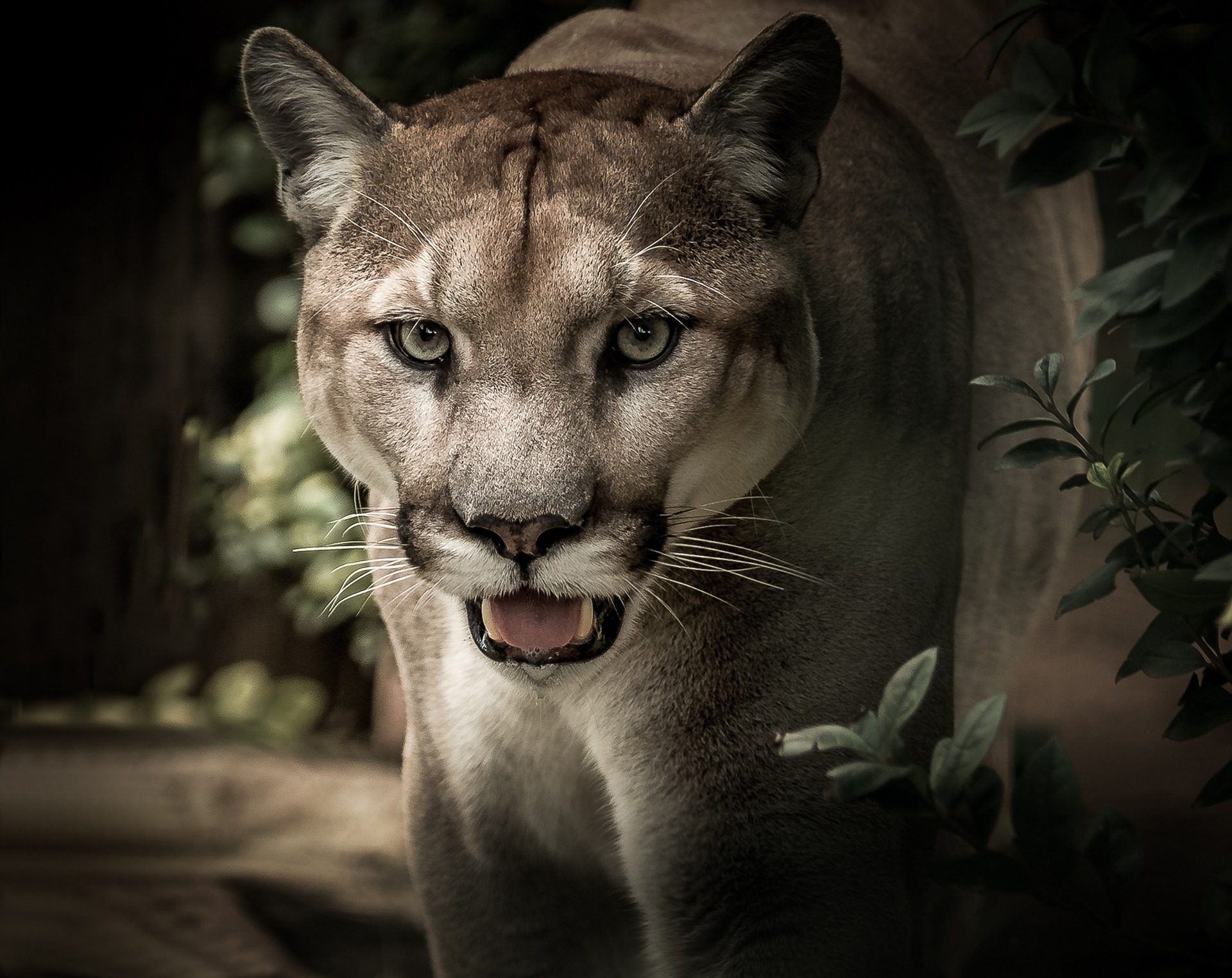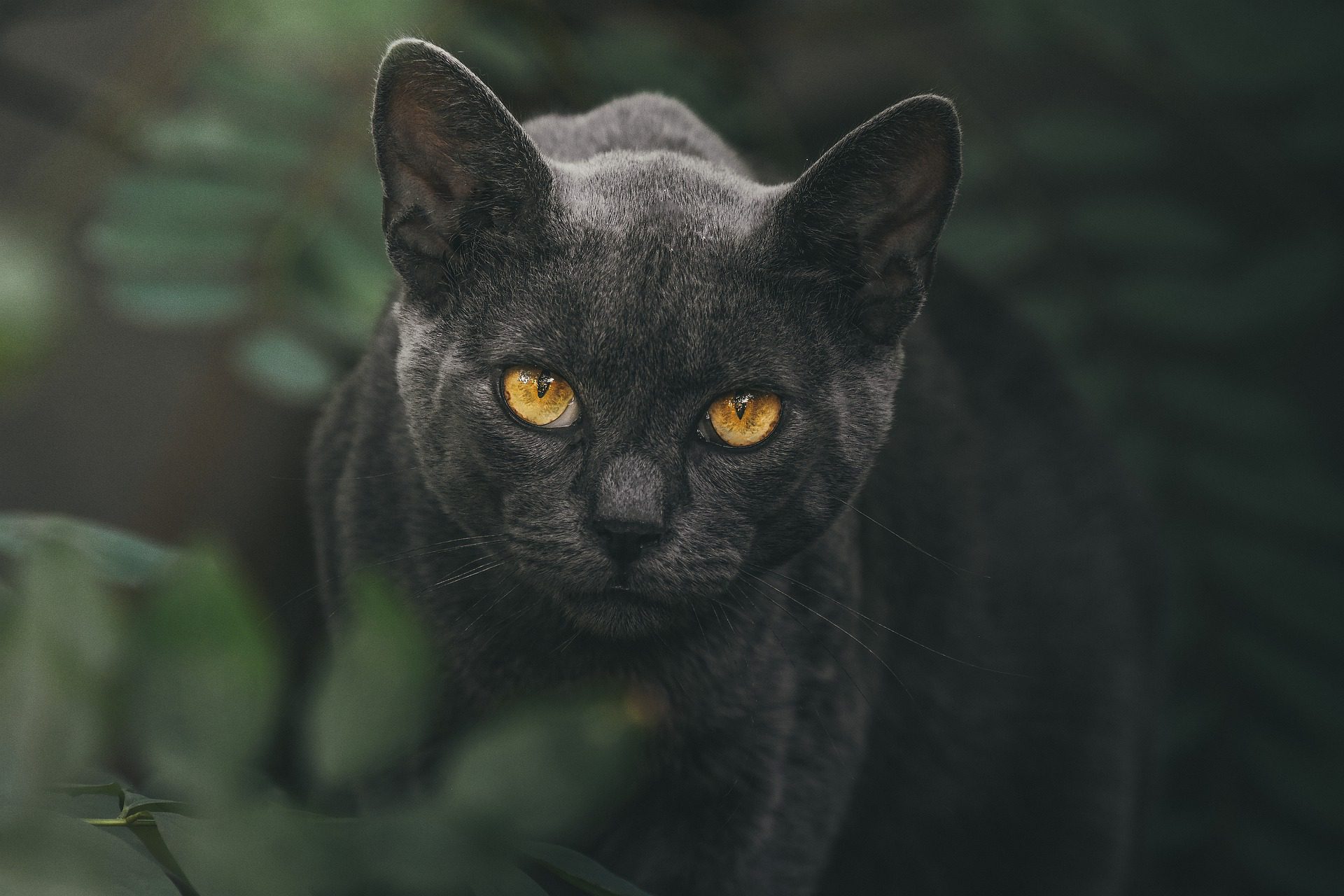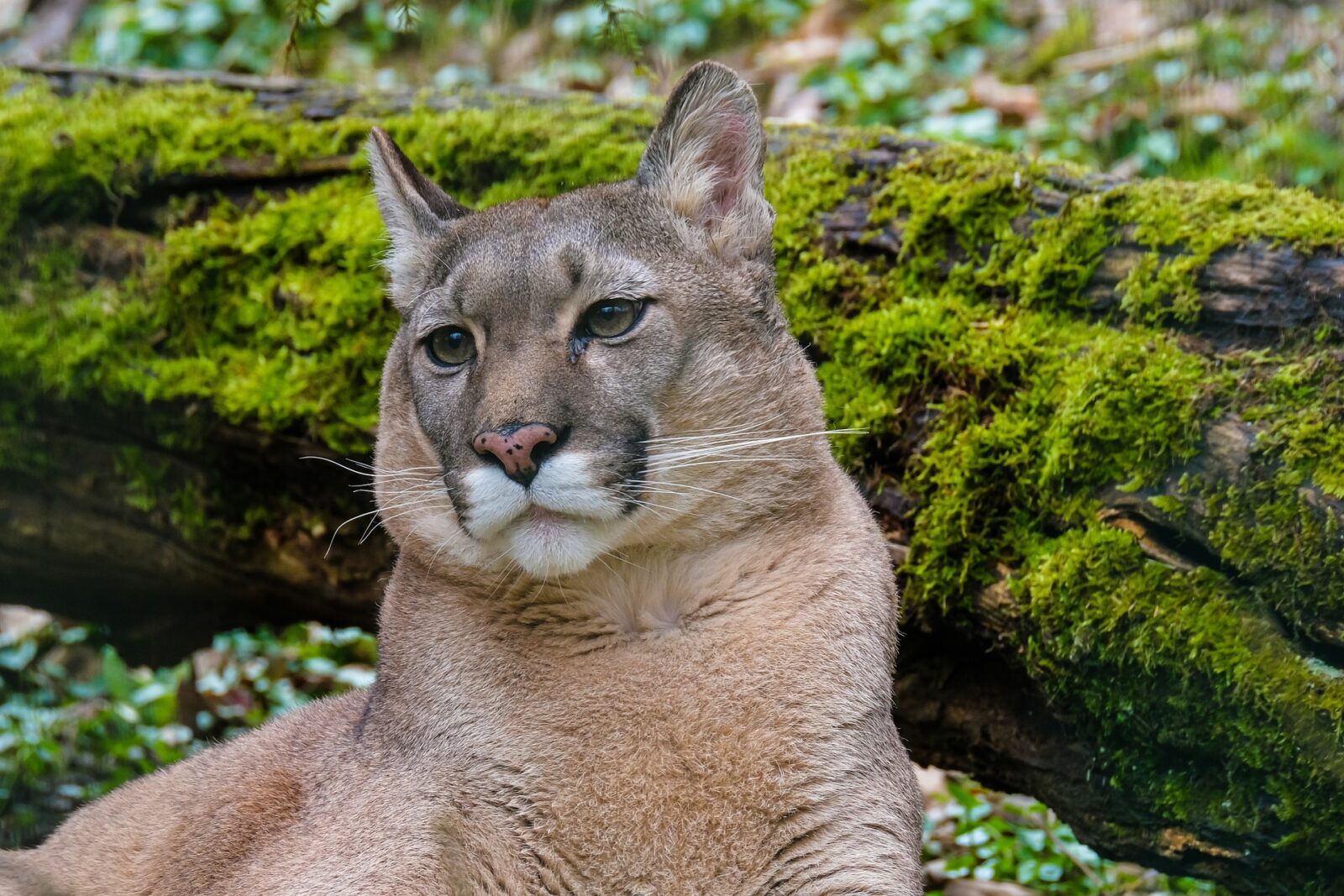Consequently, little is known about their migrations and much less about how illnesses spread among puma communities.
A new study published in Nature Ecology & Evolution by researchers from the University of Minnesota, Colorado State University, and Colorado Parks and Animal provides an unusual insight into the route of a common virus across two geographical locations with differing wildlife management practices.
The findings have ramifications for the present SARS-CoV-2 epidemic, resulting from the wildlife-to-human transmission.
The National Science Foundation-funded research uses DNA to determine patterns of evolution among puma viral genomes to track the spread of the feline immunodeficiency virus in these wild cats.
Dr. Sue VandeWoude, a veterinary scientist at CSU, has specialized in examining problems affecting cats of all sizes, including feline immunodeficiency virus, or FIV, which may leave animals susceptible to other illnesses.
According to VandeWoude, although the research does not particularly address SARS CoV-2, it does examine basic concepts of disease dynamics in animals.
SARS-CoV-2 has been found to infect domestic and nondomestic felids or members of the cat family, as well as wild white-tailed deer, according to VandeWoude, a Colorado State University Distinguished Professor and head of CSU’s One Health Institute.
A wild puma may get sick after coming into touch with infected household cats or deer.

Over Ten Years, Researchers Examined Puma DNA Samples
The study was headed by Meggan Craft, a professor in the College of Biological Sciences at the University of Minnesota, and Nick Fountain-Jones, a research associate at the University of Tasmania. They formerly worked in Craft’s lab.
Craft and Fountain-Jones collaborated with CSU and Colorado Parks and Wildlife colleagues to collect puma DNA samples in two similar parts of the state over ten years and sequence the virus. Hunting was outlawed in one area for five years before being revived.
Hunting was less prevalent in the other area.
The researchers discovered that disease transmission dynamics altered dramatically in areas where hunting was outlawed and later reintroduced.
Less hunting resulted in greater levels of disease transmission, which primarily affected males.
Because hunters prefer to hunt males, more males were present during the no-hunting period, possibly increasing rivalry for territory and increasing the possibility of male-to-male interaction, which might contribute to disease transmission.

As Craft stated, researchers have a once-in-a-lifetime chance to examine what occurs when a population is altered by hunting, who researches disease transmission in animal populations.
Our technique allowed us to give insights into the cascade effects of hunting and hunting cessation on host-pathogen dynamics.
According to the experts, changes in wildlife management might have unanticipated implications.
According to Fountain-Jones, the major takeaway from our study is that if a species’ management changes, increased disease monitoring is a good idea because there might be unanticipated implications for viral development and transmission.
Vande Woude noted that human effects on animals, particularly hunting, may drastically modify how illnesses propagate across populations due to behavioral changes.
She said this is not unexpected, but it emphasizes how moving, displacing, or harvesting animals modify how illnesses spread, with perhaps more significant spillover or accelerated viral evolution that might modify virulence and host range.
Craft, who is well-known globally for her work in disease modeling in ecological systems, has published several publications on disease transmission in wild and domestic felids, the cat family members.
Her laboratory models disease transmission using empirical data collected by collaborators, which is generally relevant across diverse animal disease systems.
Future research will look at puma behavior and movements to better understand how the illness spreads in diverse environments.
Source: Phys












Leave a Reply